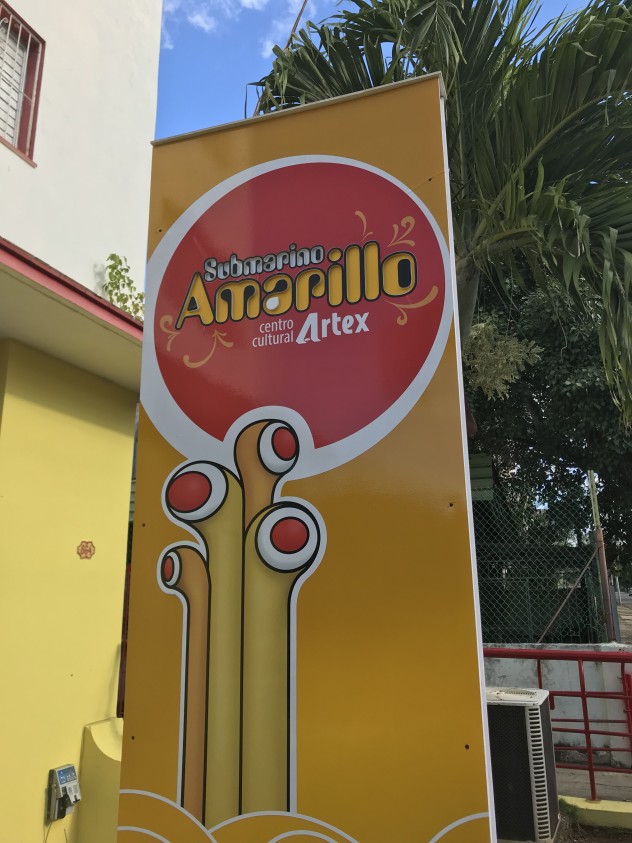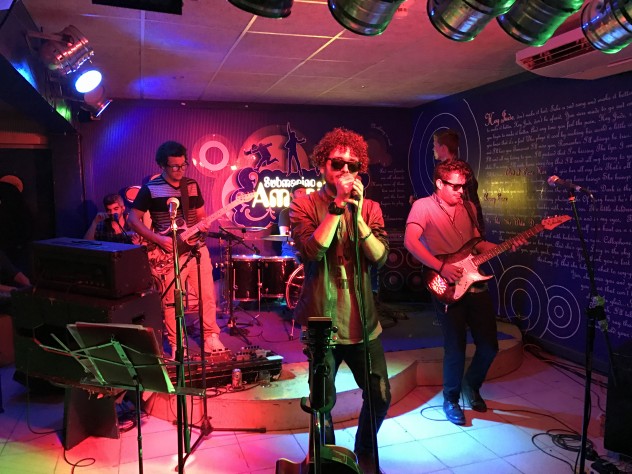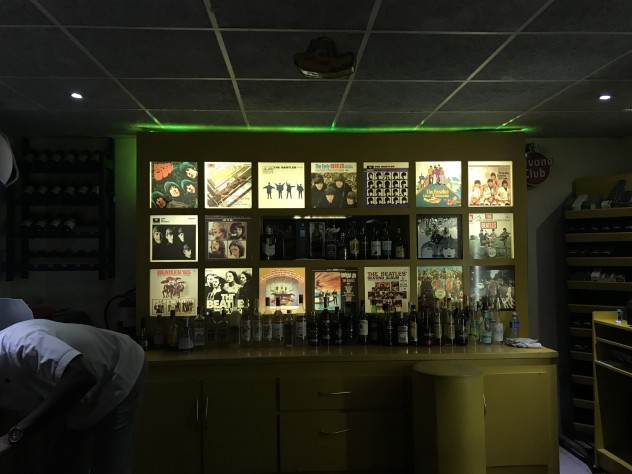Parque John Lennon and “Imagine”
The first person I spoke to in this project was my host mom, Angelita. I simply asked her what she knew of the Beatles during the 60s. She explained that unfortunately, she knows little; at that time, her father had sent her and the family outside of the city to protect them. She assured me, however, that younger Cubans would certainly talk to me about it. While there was a lot of censorship and ultimately the prohibition of rock and roll, Cuba was and remains “un mundo de arte,” an art world. Middle-aged Cubans lived this world of art; listening to the Beatles was practically a part of their education, though self-taught. “La historia no se puede borrar,” – “The history [of the Beatles in Cuba] cannot be erased,” she explained. When Parque John Lennon was created, Cubans weren’t opposed. Angelita noted that you can’t deny how bueníssimo the Beatles’ music is, and she’s glad that Cubans of all ages now can freely enjoy it. She believes that the Beatles are still important in Cuba because they speak to the reality of life during the 60s – a reality that “no se puede ocultar,” or cannot be hidden. I particularly like how she used “ocultar,” a verb meaning “kept out of sight” or “disguised.”
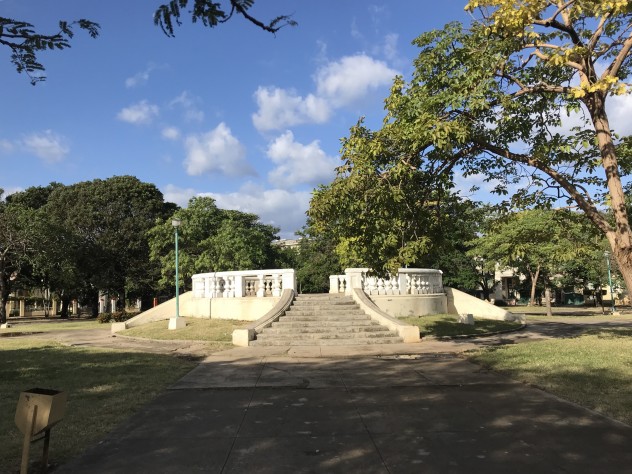
Excited by this interview alone, I set out to Parque John Lennon. When I arrived, I quickly spotted the caretaker of the park, meandering with the statue glasses in hand and a badge around her neck. I approached and introduced myself, explaining the project. She seemed genuinely happy to talk, and even brought me over to a bench and demanded I sit down to take notes.
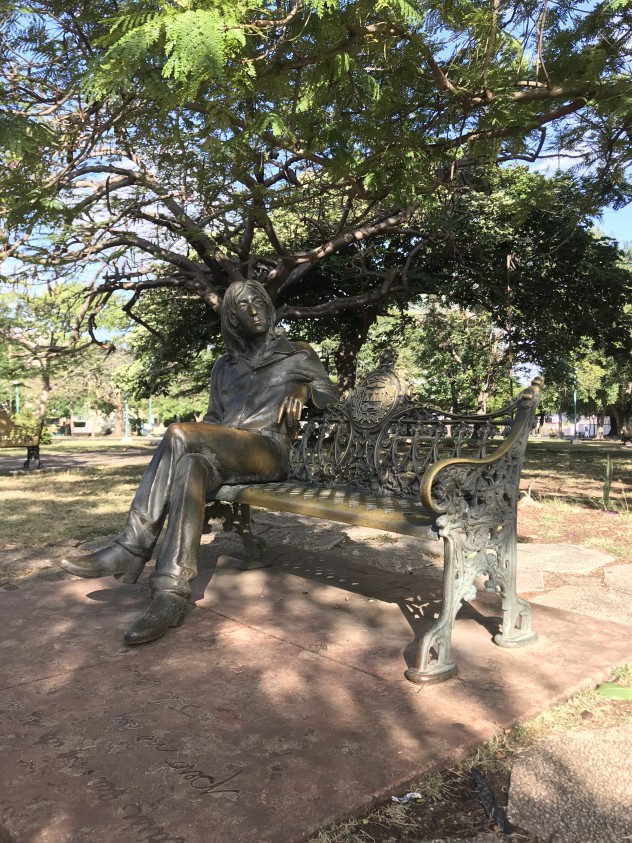
She’s worked at this park for 9 years. She and other park caretakers rotate throughout the city. At age 73, she’s seen how the place has grown and developed. Really, the park was established in honor of Fernando Suarez Nuñez, founder of the Association of Youth Hope of the Fraternity. When John Lennon was murdered, Cuban musician Silvio Rodríguez talked with Fidel Castro in order to create a commemoration to him in the park. Castro was persuaded by Rodriguez’s explanation that Lennon had similar ideals to Fidel – he was an advocate for peace, not war. Thus, the statue was placed in the park and eventually the Italian restaurant on the corner became “Submarino Amarillo.” The story behind the glasses is an interesting one. Initially, the glasses, like the statue, were made of bronze. One day, someone decided to steal them, and you can see little divots on Lennon’s nose where they were. Though the caretaker only makes about 10 dollars a month (less than half the average Cuban salary), she managed to obtain new glasses, with the correct round style, from New York. The artist, José Villa Soberón, had holes made in the temples of the statue and the caretaker has since adjusted the glasses to fit on Lennon’s face. She safeguards them all day long, only placing them on the statue if requested by tourists for pictures.
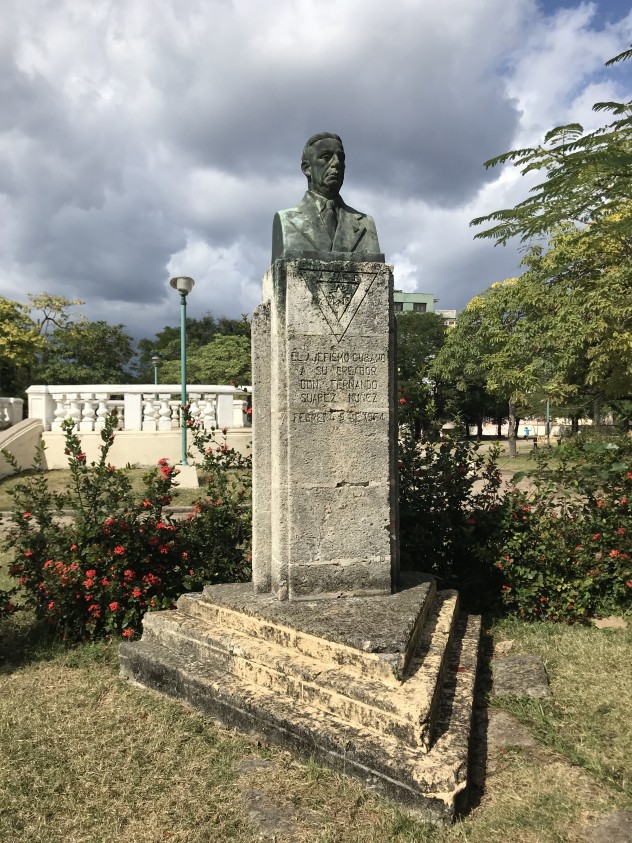
The caretaker explained that the turn of the century marked the rise in the activity of Beatles fans; the music lives on today because, as Angelita said, it’s simply very good music, and as I suspected, it has been inherited by the youth. Her favorite Beatles’ song is “Imagine,” and the lyrics in Spanish are engraved by the statue.
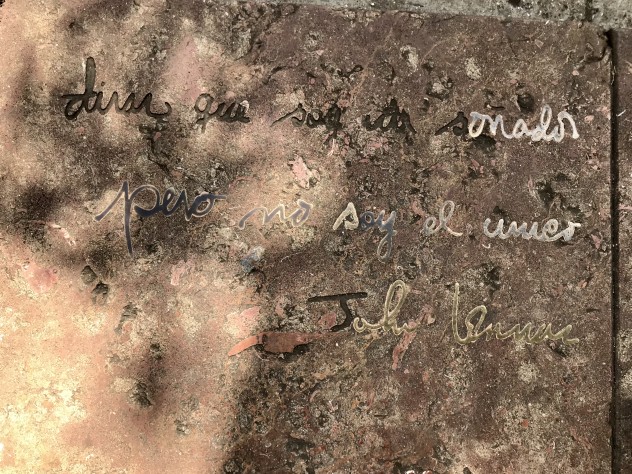
Out of questions, I thanked her profusely. In typical Cuban fashion, she decided to help further my pursuits by directing me to a shop across the street, also called “Imagine,” which I had never noticed before. There, I was greeted by the owner, who warmly agreed to speak with me as well. Like Angelita, she said that the people who know most about the subject are the youth of that era. It’s clear to her, however, that the Beatles resonate – and still do – with Cubans because of Lennon’s ideas in particular. He was a revolutionary, progressive, and envisioned a better world. Since then, she said, people have exaggerated that image of him. He and the Beatles now stand for that entire era: daily life, music, and ideas. People would connect cables that would span blocks just to hear the Beatles on the radio, she informed me. This secrecy was a beauty of the Beatles unto itself. You can still see the respect Cubans have for Lennon on the anniversary of his murder, December 8th, when they come to the park dressed in Beatles-esque pullovers and place flowers on the statue.

Within her shop, she had the usual souvenirs you find around Havana, but many more Beatles paraphernalia. I mentioned how I’ve seen posters with Che Guevara and Lennon juxtaposed. I asked if the comparison was their revolutionary personas and ideas. Yes, she said, but more. Both of them “hablaba y hacía” – in other words, talked the talk and walked the walk. They were sincere, direct, and had a strong work ethic.
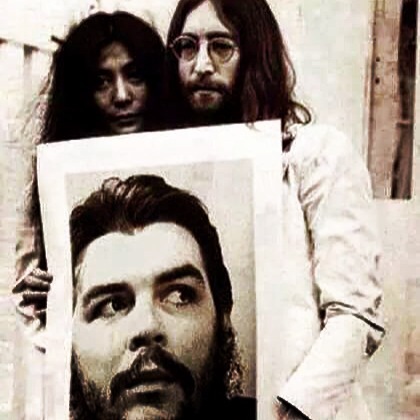
As for the presence of the Beatles today – it’s the youth and the parents listening to the music in their homes. She naturally likes the Beatles; she was amazed when her she heard her 20-year-old son listening to them, too. Time and time again, the Beatles bring people together.
Like the caretaker, her favorite Beatles’ song is “Imagine.”

